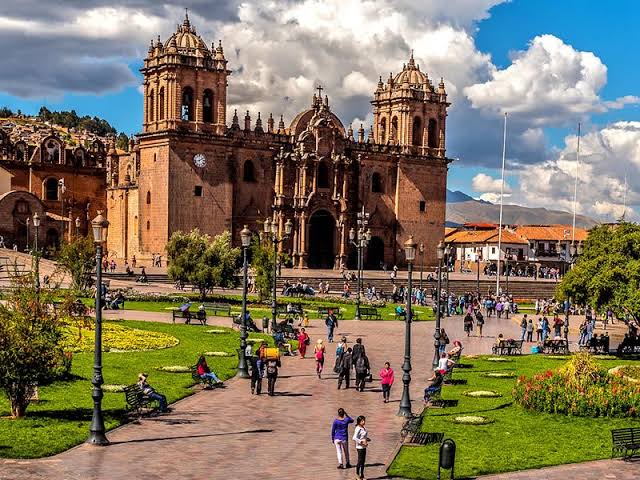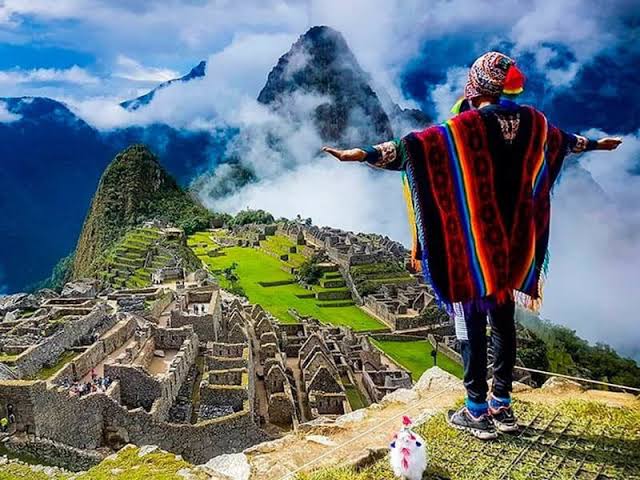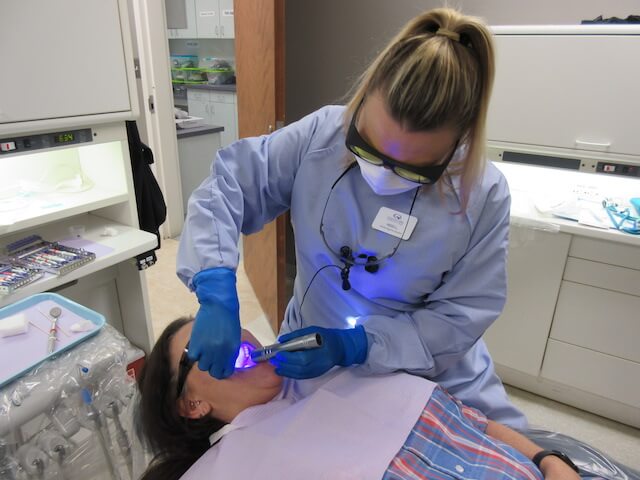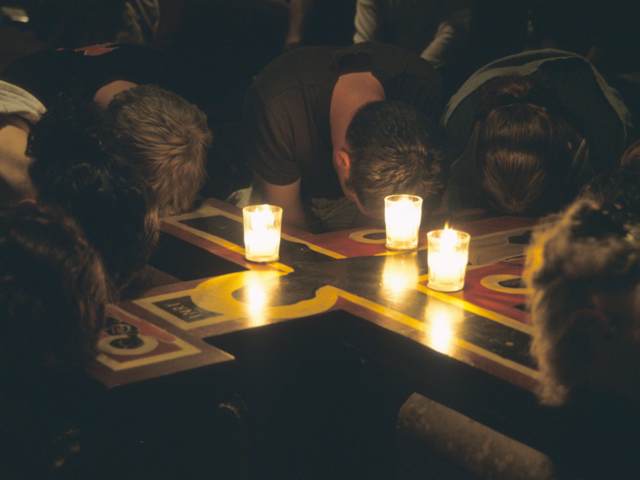Why Visit Places in Cusco That Don’t Belong to Traditional Tours?
These new destinations are ideal for the following reasons:
- They give you different experiences, with more freedom to move around.
- These places are not yet so positioned, therefore FREE (for the moment).
- As they are not exploited commercially, they are not so saturated with people.
So if you are looking for different experiences, your budget is not very big and you don’t want to be surrounded by many people, this tour is an excellent alternative.
The Cusco Municipality Initiative
Why was this initiative launched? Its objective is that Cusco and tourists know the attractions of Ccorca, a district with vestiges of the first ethnic groups that populated the region and its first artistic manifestations.
It is expected that after their visit, travelers will become spokespersons for the flow of tourism in the region to diversify and grow.
The Importance of the Zona de Ccorca
What’s so special about Ccorca? It happens that among the artistic expressions of its first human settlements, it stands out what seem to be the first manifestations of dactylography of the Andes (2000 years a.c.).
Tours in Cusco: District of Ccorca with Little Known Tourist Attractions
Archaeological Center of Machucorimarca
Located only half an hour from the populated area of the district, this center contains the remains of an old administrative center of Tahuantinsuyo, whose platforms have a fine finish that remains to this day.
On the other hand, some singular rectangular constructions, of refined masonry, little explored, attract much attention.
Farallones of Tecsecocha
It is a tourist attraction formed by rocky formations and beautiful landscapes, which have been the scene of the evolution of Andean man since pre-ceramic times, whose remains are still scattered throughout the site.
But leaving aside the cultural and archeological aspect, if you are adventurous, the geography of this place is ideal for extreme sports such as rappel and rope sliding, several tens or even hundreds of meters high.
Inca Trail to Kuntisuyo – Qhapac Ñan
In Quechua, Qhapaq Ñan means “Way of the King” or “Way of the Mighty One”, in allusion to who was the highest authority of the Tahuantinsuyo: the Inca Sapa.

This network of roads was made to unite the mountains with the coast, as well as points as distant from each other as Quito, Cusco and Tucumán. The objective was clear: to connect the entire empire and the potential places to be conquered.
But, paradoxically, this path that served the expansive interests of the Inca empire also streamlined the operations of the Spanish invaders, who, after consolidating the conquest, left large sectors of the Qhapac Ñan abandoned to their fate.
Apu breast Simona
It is a hill located halfway to Ccorca, which is known as the feminine spirit of the Andean world for its slender forms. This detail stands out from other apus (divine hills) considered masculine because of their coarse peaks and breñas.
During the ascent, you will find several grazing areas. And if you make it to the top (4342 meters above sea level), the view of the Cusco Valley and the entire Vilcabamba mountain range will take your breath away.
Santiago Apóstol de Ccorca Temple
Colonial temple dedicated to the apostle Santiago, which was built in the seventeenth century on an ancient Inca huaca and needed to be rebuilt a few years ago.
Wasn’t it a resistant temple like others of the viceroyalty? It is not that, but it was one of the constructions that had to support the great earthquake of 1650 that devastated Cusco, originating the cult to the “Lord of the Tremors” during the days of Holy Week.
We recommend you to know its architecture and artistic heritage, which includes an altar in gold leaf completely gilded, with paintings that portray the Peruvian religious syncretism.
Huanoc, Archaeological Site
Although not much is known about Huanoc yet, it is thought that it was a llacta because it gathers a series of constructions, enclosures, platforms, tambos (lodgings for chasquis) and qolqas (food stores).
This suggests that in the past many people used to pass through here, unlike today, where you would be one of the few visitors.
Conclusions
- Tips for visiting Machu Picchu
- Tips to make a low cost trip
- 10 Tips for Buying Cheap Bus Tickets
- Keys to organize a trip with friends
- Essential Apps and Websites for Low Cost Travelers in Peru





